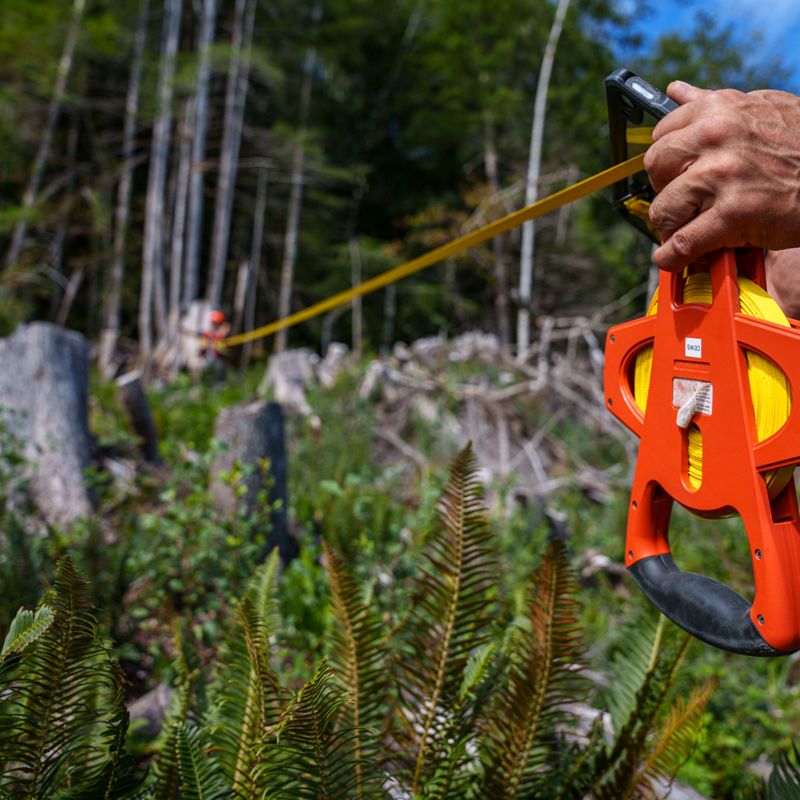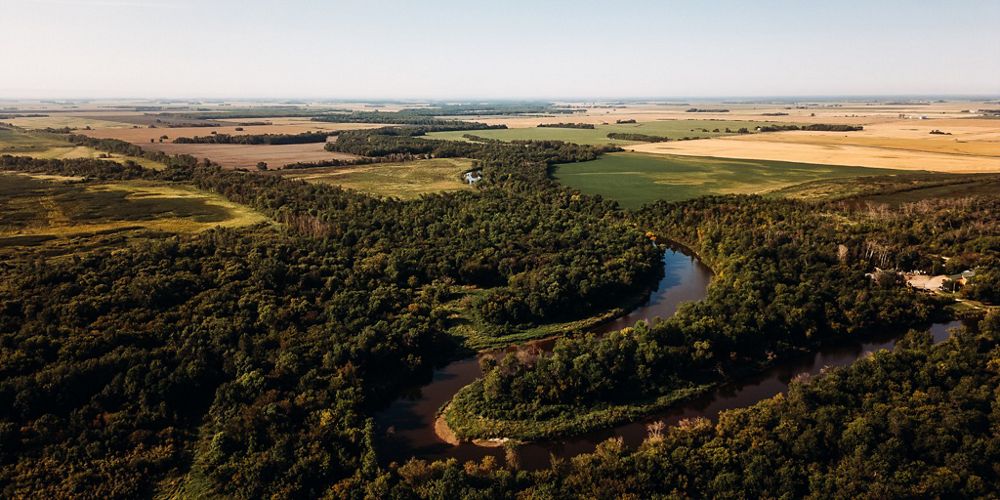Natural Climate Solutions
Natural climate solutions offer immediate and cost-effective ways to tackle the climate crisis—while also supporting healthy, thriving communities and ecosystems.

To unlock their full potential for climate, economic and community outcomes, natural climate solutions must be funded at scale.
By Rachel Pasternack, TNC's Global Forests Lead and Jane Church, Nature United's Corporate Engagement Director
The science of natural climate solutions is clear.
Research shows that protecting, better managing and restoring ecosystems like forests, wetlands and grasslands can help us reduce greenhouse gas emissions and store carbon. These proven, affordable solutions are necessary to meet our climate goals. But around the world, there is a lack of funding to support these important solutions.
Get our latest research, perspectives and solutions to today’s sustainability challenges.
Sign UpUnless they are deployed at scale, the potential of natural climate solutions (NCS) will not be realized and thus will not be the tool we need to combat the climate crisis. A report led by the RBC Climate Action Institute, with TNC's Canadian affiliate Nature United as a key research partner contributing expertise, case studies and critical review, offers new insight. The report found that governments provide 82% of global nature finance, while funding from the private sector remains largely untapped.
This tracks with a 2023 TNC report that found public funding is the most common source of support for NCS in developed countries. However, it still falls far short of what’s needed. In the priority countries where TNC works, the total funding needed is about 20 times more than what's currently available for NCS.
As the climate crisis impacts communities in different ways, many people around the world are—understandably—most concerned about their safety and livelihoods first. In 2024, with more than half the global population having voted, the economy was often cited as voters’ top issue, with climate much farther down the list.
With limited resources, we need more than science to make the case for funding natural climate solutions.
Natural climate solutions support local economies and livelihoods by creating jobs in sustainable forestry, agriculture and restoration; improving water security and agricultural productivity; and strengthening resilience to climate impacts like floods and droughts. These benefits make NCS not only a climate solution but also a development solution—one that aligns with the priorities of communities and governments alike.
With limited resources, we need more than science to make the case for funding natural climate solutions.
Canada provides a great case study.
With its sweeping forests, grasslands and wetlands, Canada has a nature advantage like few other places on Earth. A 2021 study led by Nature United found that NCS could prevent or sequester 78 Mt of CO2e annually in 2030—the equivalent of powering every home in Canada for about three years. Yet, current federal finance for NCS to date stands at approximately $8 billion committed for implementation in 2021-2030—far below the $56 billion needed from multiple sources to implement the full potential of NCS. For example, there is an important opportunity to mobilize private finance for nature via commitments made in the Kunming-Montreal Global Biodiversity Framework.
Although there are no reliable estimates of how much private finance is going to NCS in Canada, global estimates place potential return on investment from NCS in the trillions of dollars. Business leaders are calling on governments to implement public policy and finance innovations to assist natural resource sectors to improve their economic and environmental resilience and to capture rents from global markets that increasingly value climate and nature. This represents a significant opportunity for Canada’s agriculture, forestry and Indigenous-led businesses, and the rural and remote communities that depend on them.


They show how NCS can deliver tangible benefits—economic, environmental and social—when implemented in partnership with communities, businesses and governments. From Indigenous-led stewardship to innovations in sustainable agriculture and forestry, these examples prove that investing in nature is investing in people.
To unlock the full potential of natural climate solutions, we must close the funding gap. That means mobilizing public finance, incentivizing private investment and aligning climate goals with economic development priorities. The opportunity is clear—and the urgency is real.
By scaling up NCS, we can build a more resilient, equitable and sustainable future for all.
Sign up to receive our Global Insights newsletter and other select content for thought leaders who believe that, together, we can build a better future for people and the planet. We address the sustainability issues of the moment and explore potential solutions—all in a five-minute read or less.

Combined with cutting fossil fuels and accelerating renewable energy, natural climate solutions offer immediate and cost-effective ways to tackle the climate crisis—while also addressing biodiversity loss and supporting human health and livelihoods.